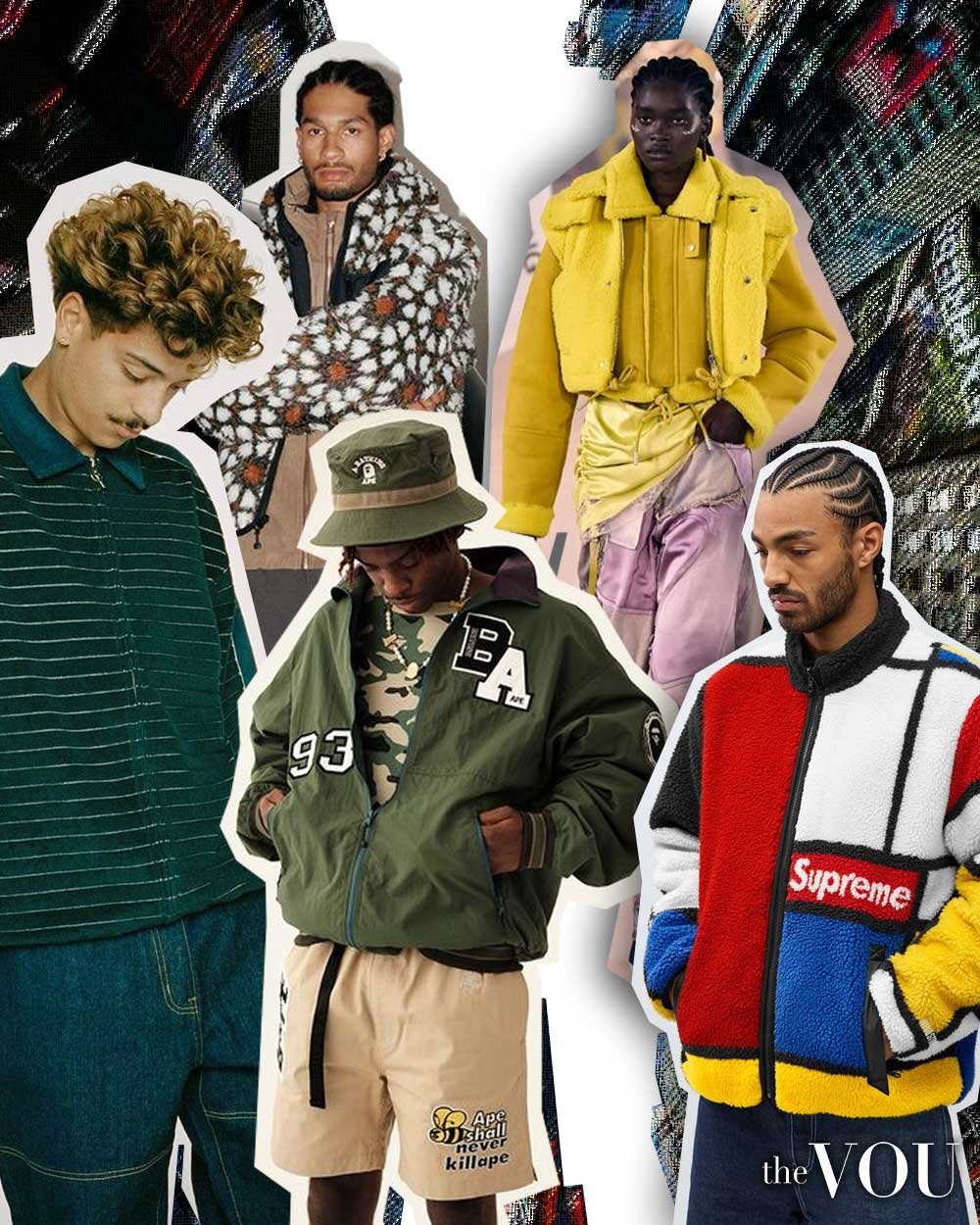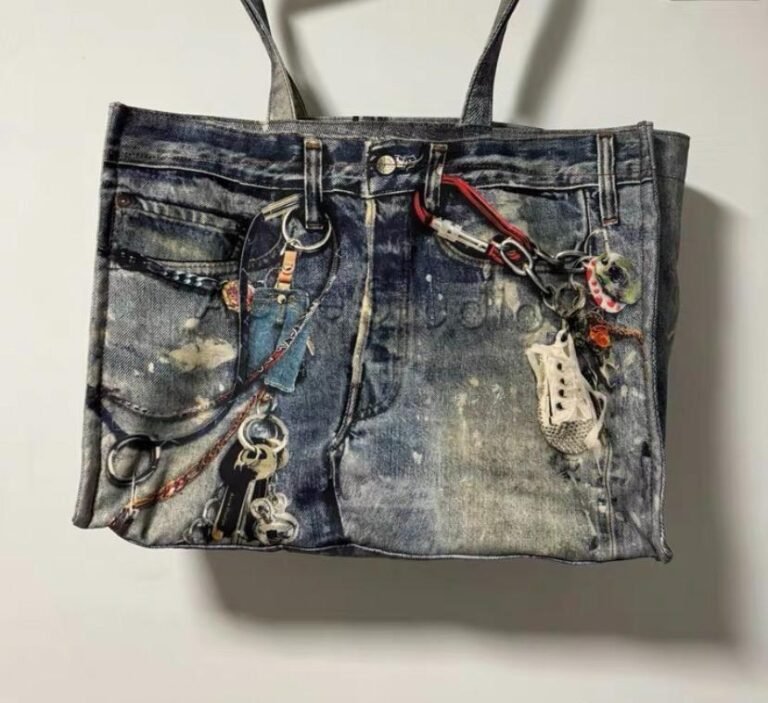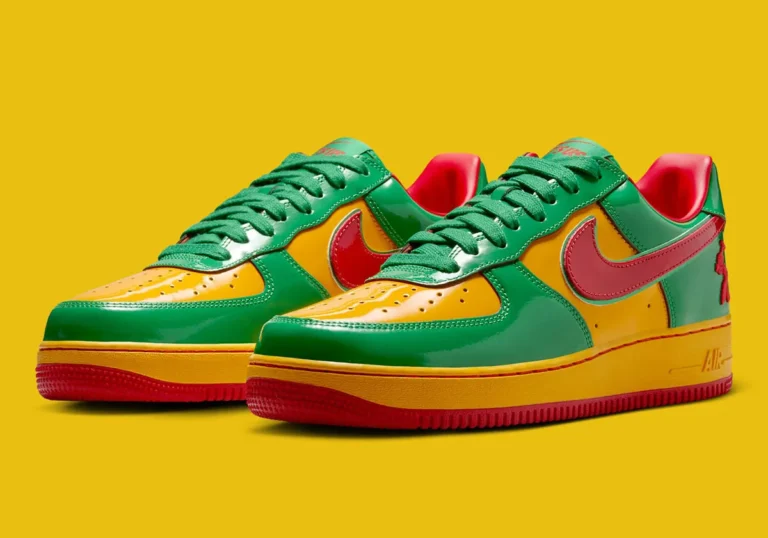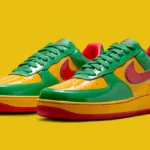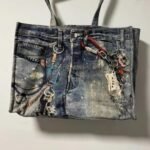There’s no denying it—streetwear is everywhere.
From pop-ups and Instagram drops to archive-styled lookbooks, denim shorts and oversized tees, the scene is flooded. And nowhere is that more obvious than right here in Cape Town, where it feels like a new independent label launches every other week. Don’t get it twisted—this isn’t shade. In fact, the rise of so many creative voices is a powerful reflection of how fashion is becoming more accessible and community-driven. But with that growth comes saturation. And when every brand starts to look like the last, the industry begins to blur.
So What’s the Problem?
Oversaturation isn’t inherently a bad thing. It’s just a reality check. When everyone is using the same fonts, the same cargos, the same washed-out campaign moodboards, it becomes harder to tell one brand from another. Logos start to look familiar. Drops start to feel predictable. And suddenly, the market’s attention span gets shorter. It’s not hate—it’s just human behavior.
But Here’s the Opportunity: In a crowded space, standing out buys you real estate. That’s where the challenge becomes a game of creative chess. If you’re running a streetwear brand—or even thinking of starting one—the key isn’t to run from saturation. It’s to outrun sameness. Brands that put in the work to build authentic identity, elevate their storytelling, and sharpen their creative direction are the ones that will thrive, not just survive. Because while everyone’s looking left, the smart ones are already on a new wave.
Cape Town Is a Case Study being immersed in the local fashion scene, I’m seeing firsthand how much talent exists in this city. But I’m also seeing how some brands blur together, recycling the same aesthetic playbook because it feels safe. The ones that break through are those doing something intentional—not just different, but meaningful. Whether it’s bold visual language, unexpected materials, or an honest cultural narrative, originality is your superpower. And in today’s algorithm-driven attention economy, good creative direction isn’t optional—it’s survival.
So What’s Next?
If you’re building a brand right now, here’s some truth:
• Trends aren’t strategy. Use them, but don’t be used by them.
• Story sells. Your identity, your voice, your why—that’s what connects.
• Design boldly, not safely. Especially when the scene is loud.
• Consistency builds memory. Make your brand recognizable, not just seen.
The streetwear industry may be crowded—but there’s still room at the top for those who dare to do it differently.
